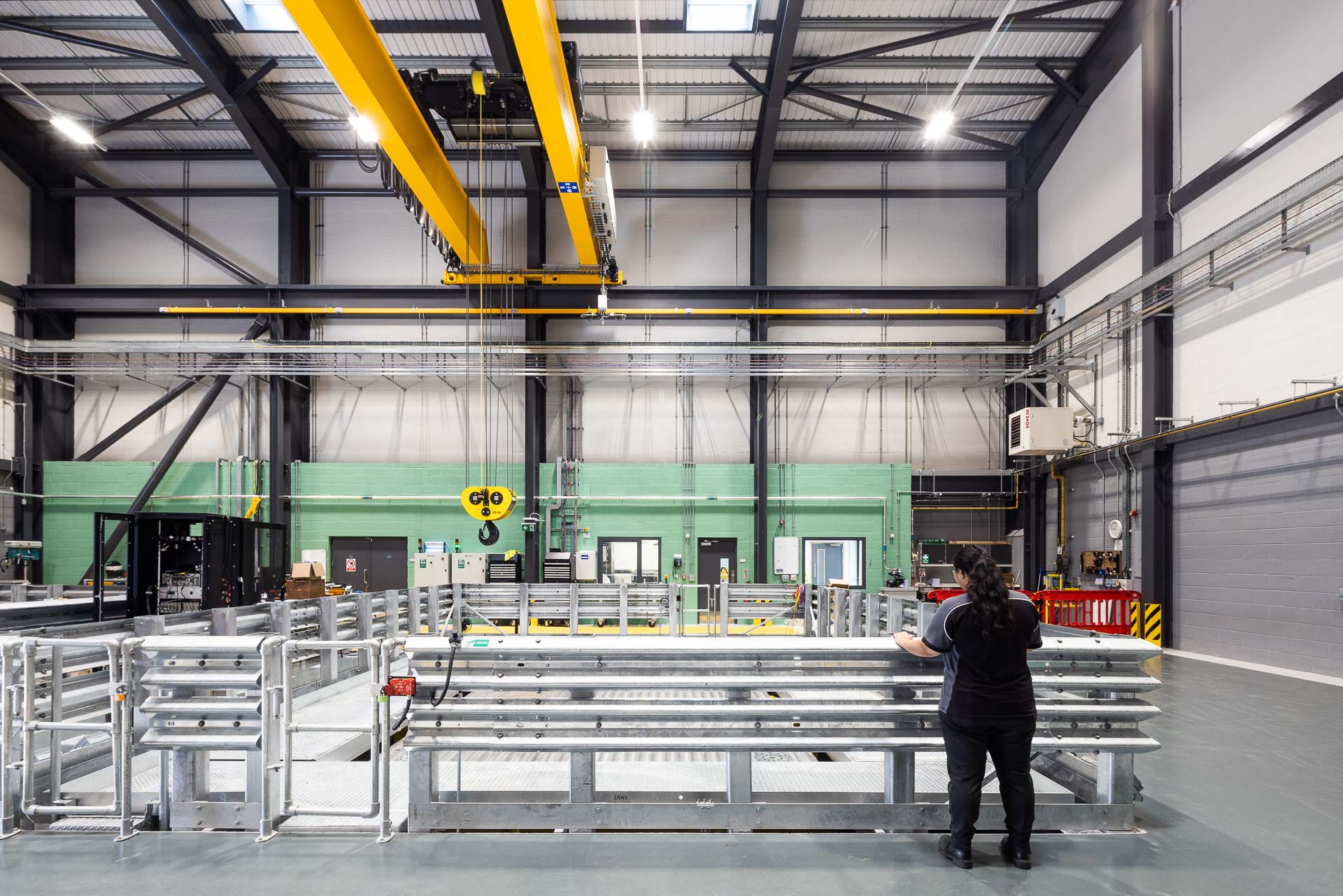National Facility for Soil-Structure Interaction (SoFSI)














A unique world-leading research and teaching space
There is no other facility like this in the UK, and only a handful which perform a similar function across the world.
Soil-foundation-structure interaction has been identified as a key area in which disproportionate cost savings and value gains can be made. This new facility enables prototype-scale, holistic experimentation of how real soils, foundations and superstructures – such as offshore wind turbines, large span and integral abutment bridges, rail tracks, energy lifelines and nuclear power plants – interact under natural and man-made loads, including traffic and earthquakes.
SoFSI is a nationally shared facility hosted by the Faculty of Engineering at the University of Bristol. It is a core component of the Government’s £138m UK Collaboratorium for Research in Infrastructure and Cities (UKCRIC) initiative, which drives forward the national infrastructure research investments for the next 30 years and beyond.
The facility enables the University to deliver a unique, high-value capability for de-risking investments in innovation and development, for example in life-extension techniques for existing infrastructure or the application of new materials and devices.
SoFSI fosters next generation research and practice approaches, establishes long-term Research and Development route maps, integrate structural and geotechnical engineering concepts, and brings together academia and practice. It enables the soil-foundation-structure interaction community to break away from business as usual.
The SoFSI facility comprises:
- 6m x 4m biaxial shaking table with a 50t capacity, capable of meeting BELLCORE test standards with a peak acceleration at 2g and maximum frequency of 50Hz
- 6m x 5m test pit with a depth of 4m with adjacent strong floors for mounting 2 no. 1MN pseudostatic actuators (1000mm stroke) and 1 no. 1MN dynamic actuator (500mm stroke)
- High g multi-axis simulation table with a 500kg capacity, capable of a peak acceleration of 8g
We were appointed by the University of Bristol as Architect, Principal Designer and Principal Designer Advisor to the contractor, Andrew Scott, for this challenging project.
There is no written guidance on this type of facility even though the University of Bristol has a similar but smaller testing facility in the existing Queens Building. We played a significant role in discussions about how the new facility will be different and how operating it will be safely implemented whilst retaining an element of adaptability.
Stride Treglown has been a great partner in delivering this high performance engineering laboratory. They have taken the time to fully understand the complex technical requirements, been very adaptive to a changing environment and helped to design a building which meets both our requirements and the fixed budget.
Professor Anastasios Sextos, lead user.
Watch key members of the SoFSI team talk about the facility and their research
Images © Tom Bright Photography